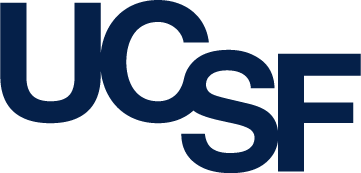Tutorial
MODELLER is used for homology or comparative modeling of protein three-dimensional structures. The user provides an alignment of a sequence to be modeled with known related structures and MODELLER automatically calculates a model containing all non-hydrogen atoms.
This web site presents a tutorial for the use of MODELLER 10.0 or newer (for older versions of MODELLER, use the old MODELLER 9v4 tutorial). There are 5 modeling examples that the user can follow:
- Basic Modeling. Model a
sequence with high identity to a template.
This exercise introduces the use of MODELLER in a simple case where the template selection and target-template alignments are not a problem. - Advanced Modeling. Model a
sequence based on multiple templates and bound to a ligand.
This exercise introduces the use of multiple templates, ligands and loop refinement in the process of model building with MODELLER. - Iterative Modeling.
Increase the accuracy of the modeling exercise by
iterating the 4 step process.
This exercise introduces the concept of MOULDING to improve the accuracy of comparative models. - Difficult Modeling.
Model a sequence based on a low identity to a
template.
This exercise uses resources external to MODELLER in order to select a template for a difficult case of protein structure prediction. - Modeling with cryo-EM.
Model a sequence using both template and
cryo-EM data.
This exercise assesses the quality of generated models and loops by rigid fitting into cryo-EM maps, and improves them with flexible EM fitting.


